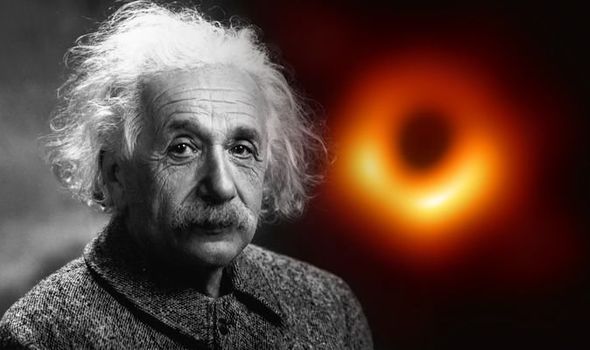If you have ever taken a course of antibiotics to cure an infection, then you have Nobel prize winner Howard Florey to thank for your recovery. In the early 1940s, just as World War II was beginning to cause death and terrible injuries across the globe, Florey led a team of scientists that were the first to treat infected wounds with pencillin – a newly discovered substance that kills bacteria. The success of the treatments was seen as nothing short of miraculous, and paved the way for the commercial manufacture, not just of penicillin, but of a whole range of microbe-killing substances known as antibiotics.
Howard Florey was born in Adelaide in 1898. He went to school at Saint Peters College and studied medicine at the University of Adelaide. He then went on to further study at Oxford and other universities in England. Meanwhile, Scottish scientist Alexander Fleming made one of the greatest accidental discoveries of the twentieth century when he noticed that a mould that had accidentally contaminated an agar plate of bacteria had killed all of the bacteria that surrounded it. In 1938, Howard and his colleague Ernst Chain, having read about Fleming’s discovery, gathered a team of people to investigate the anti-bacterial properties of moulds. War broke out and the team worked in difficult conditions, even using hospital bedpans to grow large batches of the mould (called Penicillium), from which they extracted the bacteria-killing substance they called ‘Penicillin’. In 1940, the team gave a dose of pencillin to four mice that had been injected with a lethal dose of Streptococci bacteria. The mice survived and recovered. Four other infected mice that did not receive the penicillin all died. This result gave Howard the confidence to try it on humans with infected wounds. At the time, bacterial infections of wounds were feared like cancer is feared today. They could result in amputation or even death. Howard travelled to North Africa to test it on wounded soldiers, with ‘miraculous’ results. By the end of the war, pencillin was being manufactured in laboratories in the USA and Australia and was available for civilian use.
Florey, Chain and Fleming were award the Nobel Prize in Physiology and Medicine in 1945 ’for the discovery of penicillin and its curative effect in various infectious diseases.’
Since then over 60 different types of antibiotics (substances made by microbes to kill other microbes) have been developed for different types of bacterial infections. However, problems have developed with the overuse of antibiotics. In a population of bacteria, there will be a very small number that are ‘resistant’ to antibiotics. These resistant bacteria grow and thrive when non-resistant bacteria die, giving rise to new, antibiotic-resistant diseases that are harder to treat. It is important to remember that antibiotics only work for bacterial infections, not ones caused by viruses, and only take them when necessary. Despite these current problems, countless lives have been saved over the last 70 years thanks to the ingenuity and hard work of Howard Florey.




